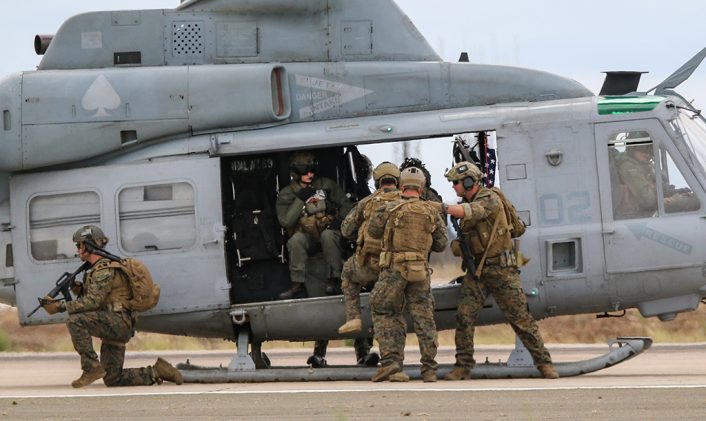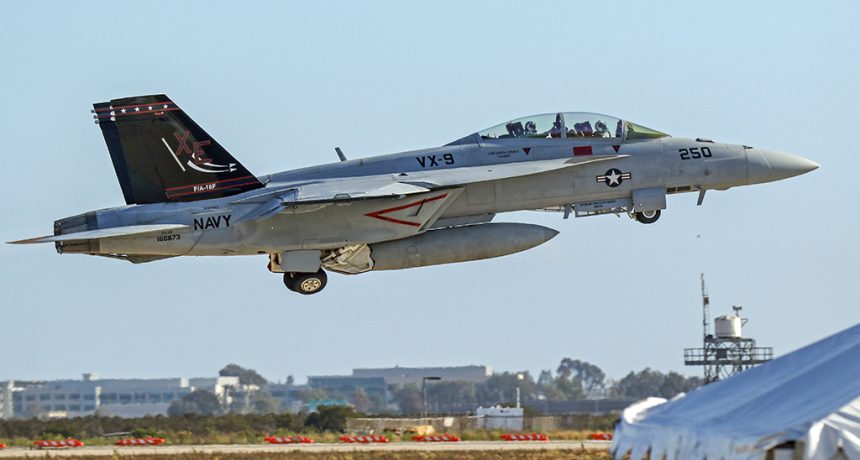VX-9 “Vampires” Super Hornet Goes Down in Remote Area, Pilot Released from Las Vegas Hospital.
The U.S. Navy and local news media reported on Tuesday that a Boeing F/A-18F Super Hornet from Air Test and Evaluation Squadron Nine (VX-9), the “Vampires”, crashed in a remote area of Death Valley National Park in Northern California at approximately 3:00 PM local time on Monday, October 4, 2021.
The single crewmember reported to be on board the two-seat aircraft ejected safely. The pilot was transported to, and then released from Sunrise Hospital and Medical Center in Las Vegas, Nevada. The identity of the pilot has not been released.
No cause for the crash has been reported. An official investigation into the cause of the accident is underway.
Media releases from the U.S. Navy and the National Park Service reported that the aircraft went down in the “southern part” of Death Valley National Park, but did not specify the crash location. The region is used frequently by aircraft for low-level flight training and testing and has become popular with aviation photographers since the closing of previous low-level flying areas in Death Valley National Park including the area known as “Star Wars Canyon” or the Jedi Transition following a fatal F/A-18E crash there in July of 2019.
According to an official statement from the National Park Service, “Search and rescue units from NAWS China Lake, Fort Irwin Army Base, and Marine Aviation Weapons and Tactics Squadron (MAWTS) 1 from Marine Corps Air Station Yuma responded to the scene and rescued the pilot.”
The Marine Aviation Weapons and Tactics Squadron (MAWTS) 1 is normally tasked with standardized advanced tactical training and certification of unit instructors in support of Marine aviation readiness. The unit also provides assistance in the development and employment of new and innovative aviation weapons and tactics for use by the U.S. Marines.

The Boeing F/A-18F Super Hornet is a two-seat, twin-engine tactical multi-role aircraft that operates from land and from aircraft carriers. The aircraft first flew in 1995 and has been continuously upgraded since as the primary multi-role, carrier-borne strike aircraft of the U.S. Navy. The F/A-18F two-seat variant of the Super Hornet has a very successful combat and safety record.
The unit operating the aircraft involved in Monday’s crash, U.S. Navy Air Test and Evaluation Squadron Nine (VX-9), is tasked with developing and evaluating aircraft tactics and techniques for the delivery of air-launched special weapons. The unit operates a wide variety of combat aircraft in the testing, development and training role.









